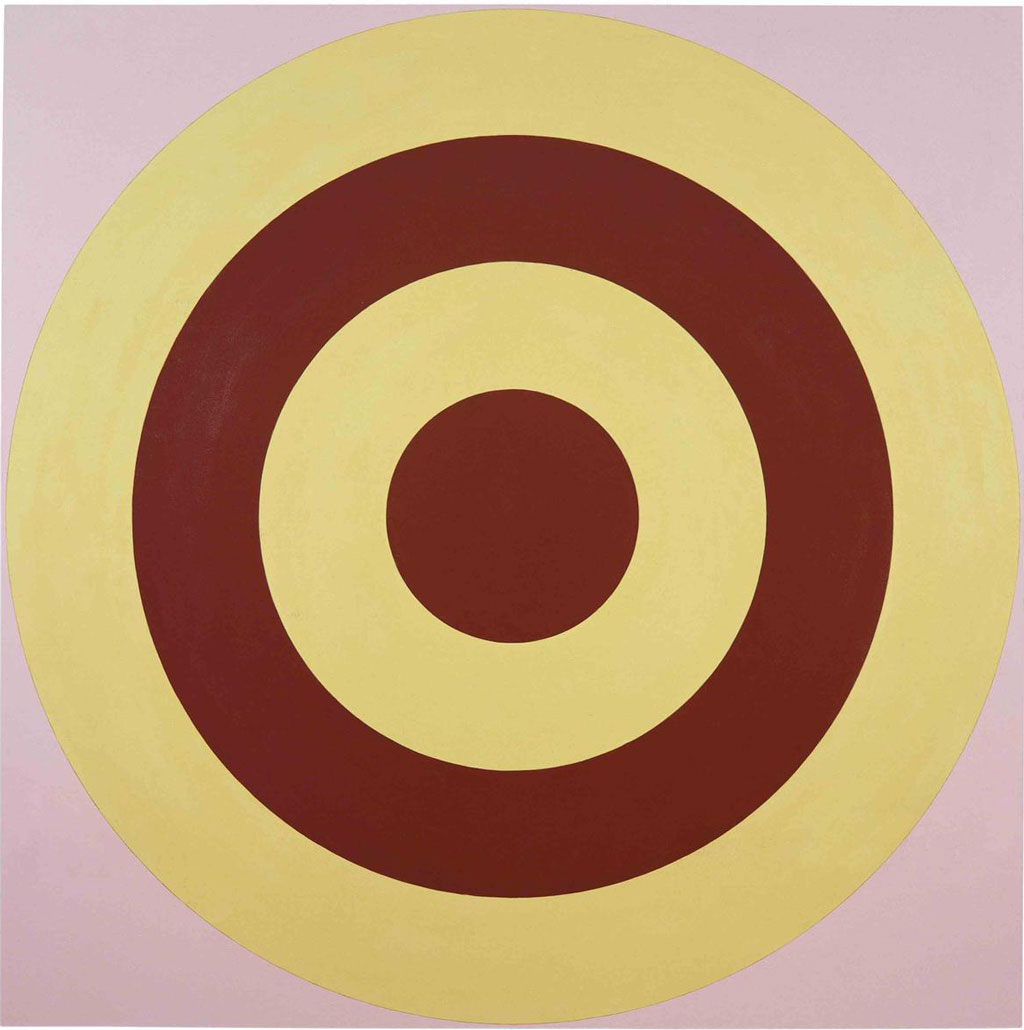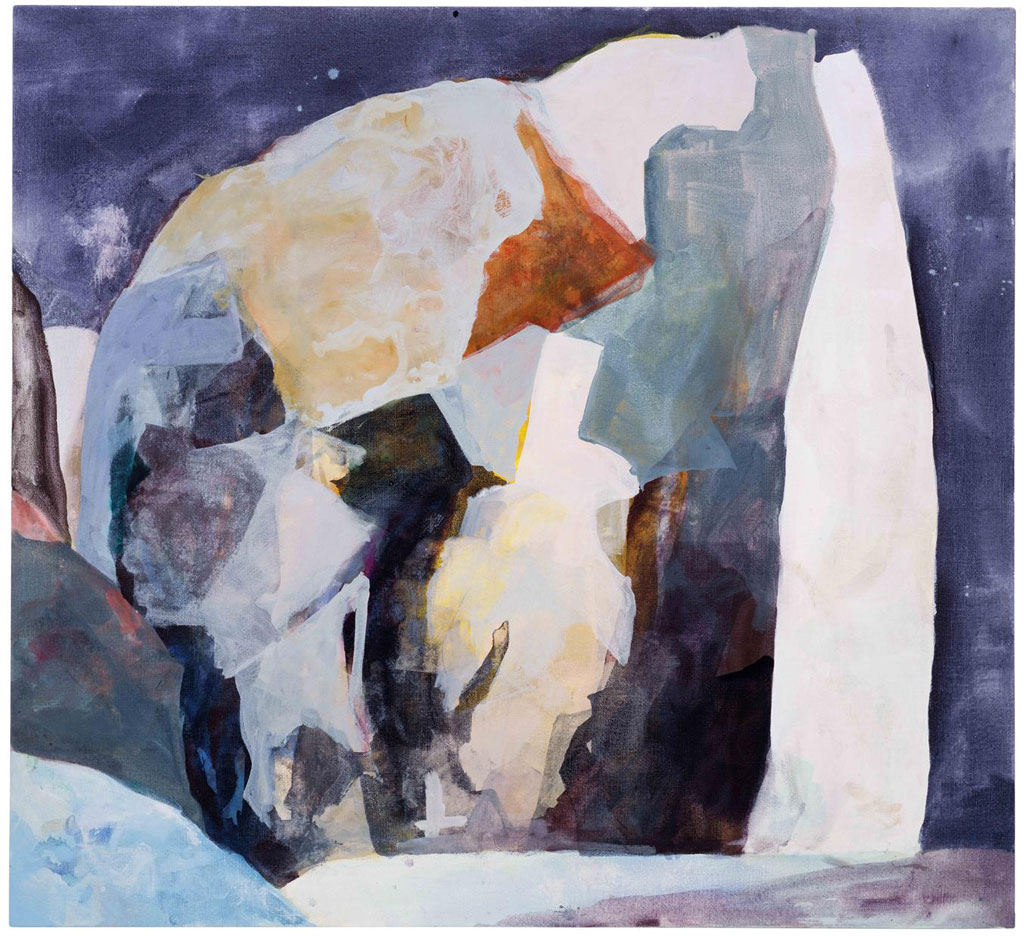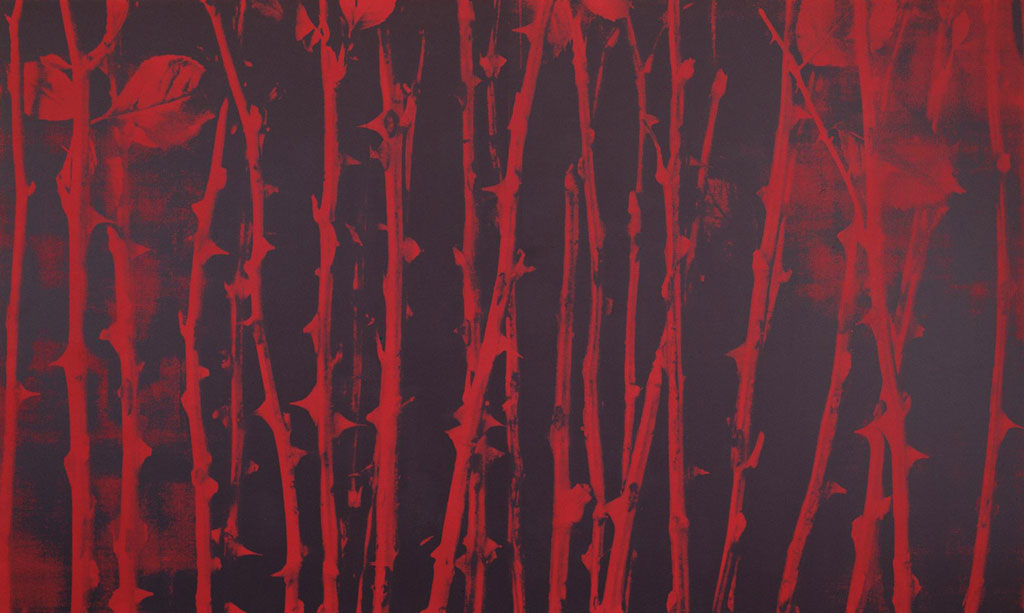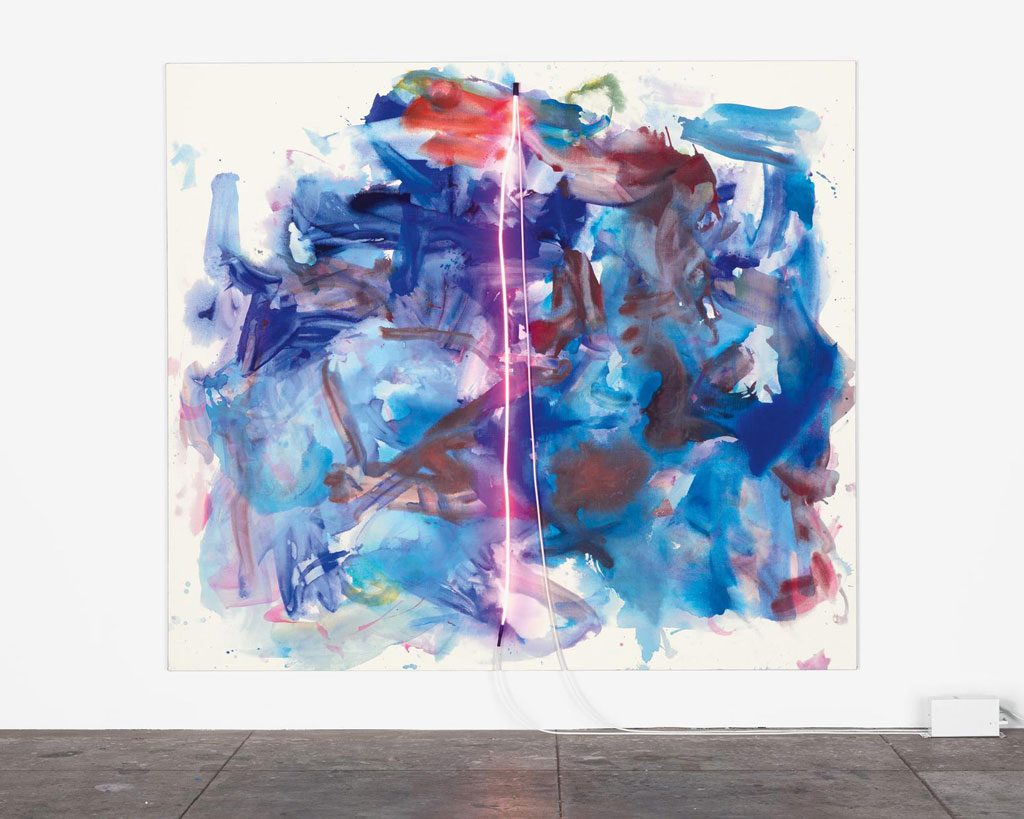ART-PRESENTATION: Mary Weatherford, Canyon-Daisy-Eden
 Mary Weatherford has become increasingly recognized as one of the leading painters of her generation, as well as one of the most astute and daring practitioners taking on the legacies of American abstraction. As she explores and expands the medium’s possibilities, she honors its history by seizing opportunities to break with tradition at every turn.
Mary Weatherford has become increasingly recognized as one of the leading painters of her generation, as well as one of the most astute and daring practitioners taking on the legacies of American abstraction. As she explores and expands the medium’s possibilities, she honors its history by seizing opportunities to break with tradition at every turn.
By Efi Michalarou
Photo: Tang Teaching Museum Archive
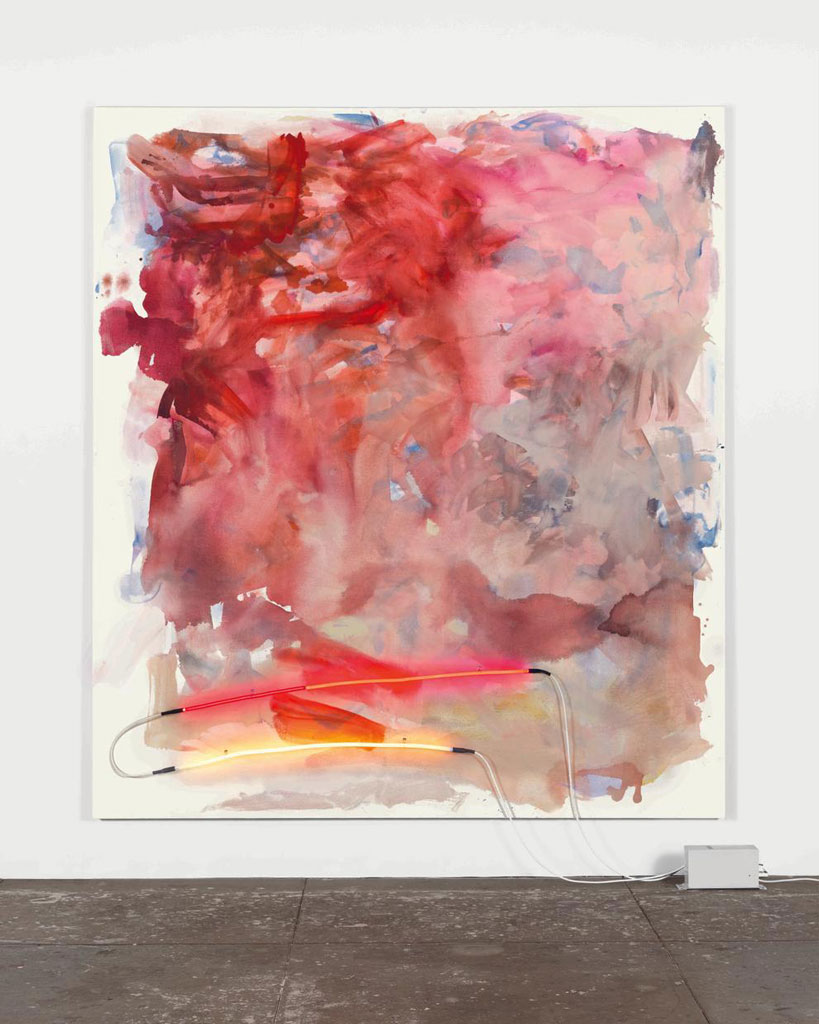
A survey of Mary Weatherford’s career that draws from several distinct bodies of work made between 1989 and 2017, entitled “Canyon–Daisy–Eden” at Tang Teaching Museum. Over the course of Mary Weatherford’s career she has produced feminist revisions of large-scale Color Field painting, posited new directions for the landscape genre, and explored the social histories of California. Her notable incorporation of sculptural elements (including the neon tubes that have been a presence in her work since 2012) as well as her fearless and physically embodied approach to painterly gesture, have allowed her to employ abstraction as both a formal language and a poetic, highly personal mode of engagement with the world outside the studio. As constant experiments with color, scale, and materials, the works in the exhibition reveal the continuity of Weatherford’s preoccupation with memory and experience, both personal and historical. Originally from Ojai, California, Weatherford earned a B.A. in art history and visual arts from Princeton University, and an M.F.A from the Milton Avery School of Fine Arts at Bard College. In 1985, she participated in the Whitney Independent Study Program where she developed her earliest paintings, some of which include colored targets and silkscreened images of flowers, vines, and female figures titled after literary heroines. A profound and longstanding study of nature is reflected in other works from the late 1990s and early 2000s. Weatherford incorporated elements of assemblage into a series of stained canvases, including physical shells, sponges, and starfish. In 2005, Weatherford embarked upon a pivotal series of paintings based on plein-air drawings she made of a sea cave on Pismo Beach, a coastal area a few hours north of Los Angeles. Her 2012 “Bakersfield Project” was the first series of paintings to incorporate neon tubing and revealed a new way of making that occupies the artist to this day. The works reflect Weatherford’s previous engagement with gestural forms and immersive scale and are drawn from memory using a variety of techniques and artistic references. The colors and textures of the works indicate shifting lights, atmosphere, and mood, often evoking a specific time, locale, and temperature, such as Greek seafood restaurant murals and liquor store neon signs seen while driving at dusk in Bakersfield, California.
Info: Curators: Bill Arning and Ian Berry, Tang Teaching Museum and Art Gallery, Skidmore College, 815 North Broadway, Saratoga Springs, NY, Duration: 1/2-11/7/20, Days & Hours: Tue-Wed & Fri-sun 12:00-17:00, Thu 12:00-21:00, https://tang.skidmore.edu
